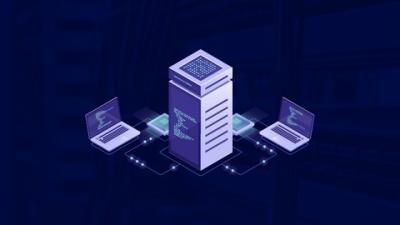n CCNA certification training, students will learn about the latest networking trends including OpenFlow and Software-Defined Networking(SDN). The course flow goes as follow,
- Starting from the role and function of network components like Routers, L2 & L3 Switches, Servers, and Next-generation firewalls, you will learn about various network topology architectures (2 tier, 3 tier, Spine-leaf, WAN, SOHO, On-premises, and cloud) with detailed examples.
- Introduction to cabling types and physical interfaces along with their comparisons and identifying cabling issues like collisions, errors, mismatch duplex, and/or speed.
- Introduction to TCP & UDP, their differences and uses in a network.
- Configuring and verifying IPv4 addressing, their need and Subnetting.
- Configuring and verifying IPv6 addressing and Prefix along with comparing IPv6 address types.
- Understanding wireless principles like Non-overlapping Wi-Fi channels, SSID, RF, Encryption etc. and virtualization fundamentals.
- Verifying IP parameters for client OS, Configuring and Verifying Layer 2/Layer 3 discovery protocols and EtherChannel (LACP), describing AP and WLC management access connections (Telnet, SSH, HTTP, HTTPS, Console, and TACACS+/RADIUS).
- Comparing Cisco Wireless Architectures and AP modes. Also, Configuring the components of a WLAN access for client connectivity using GUI only such as WLAN creation, security settings, QoS profiles, and advanced WLAN settings.
- Understanding IP connectivity by interpreting Routing protocol code, Prefix, Network mask, Next-hop, Administrative distance, Metric, Gateway of last resort alongside configuring and verifying IPv4, IPv6 Static Routing and single-area OSPFv2.
- Learn to configure and troubleshoot layer 3 protocols like Frame Relay, HDLC, PPP, NAT, etc.
- Understanding MPLS and forward PHB for QoS such as classification, marking, queuing, congestion, policing, shaping.
- Introduction to IP services like DHCP, DNS, SNMP, Netflow, FHRP, TFTP/FTP, and NTP.
- Getting familiar with key security concepts, security program elements and some wireless security protocols like WPA, WPA2, and WPA3.
- Understanding, configuring and troubleshooting layer 2 security features and layer 3 security, i.e. ACL(standard, extended, named), SSH and Secret password.
- Understanding the impacts of automation on network management, characteristics of REST-based APIs, Controller-based networking, and capability of configuration management mechanisms Puppet, Chef, and Ansible

